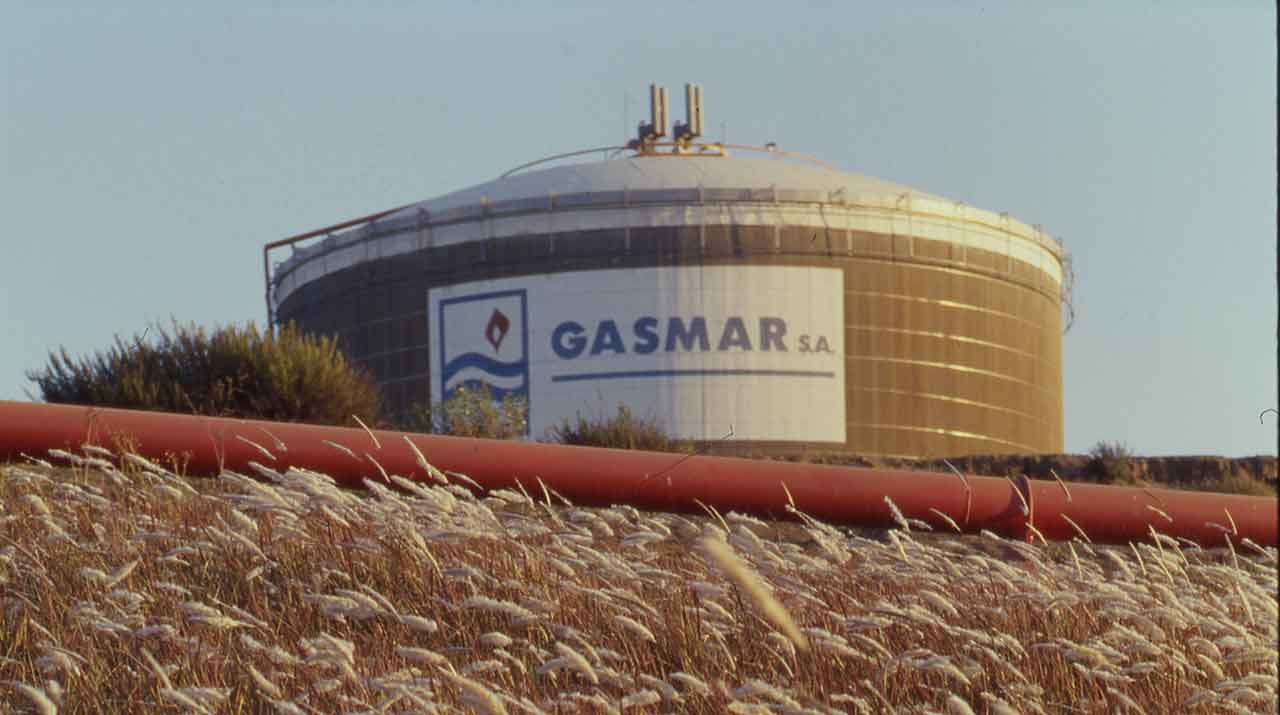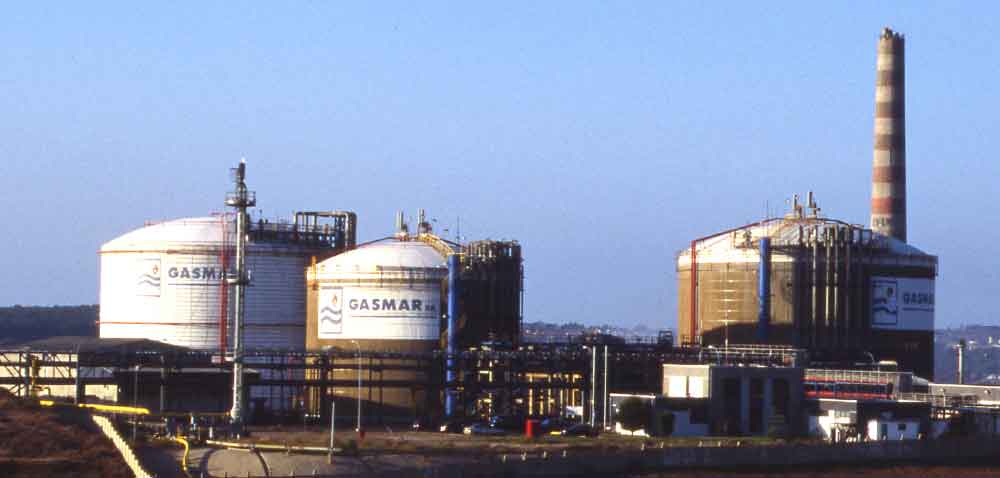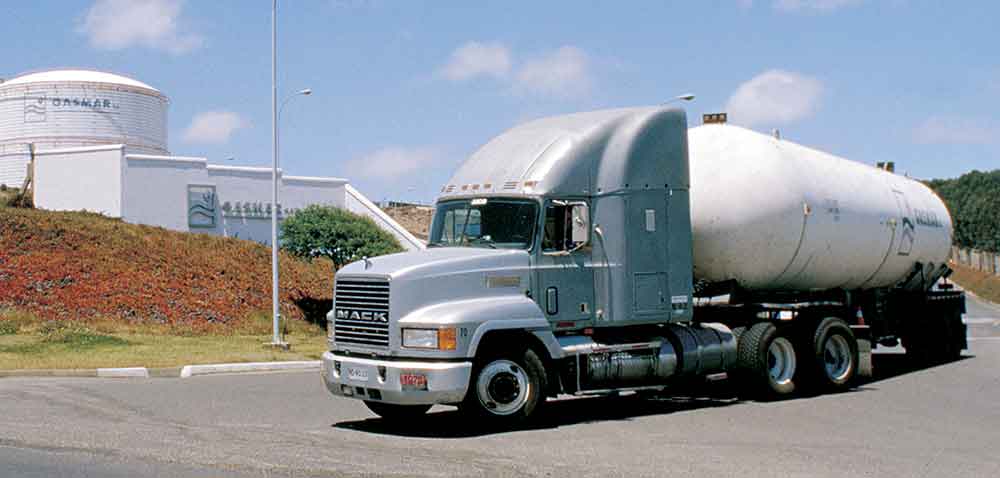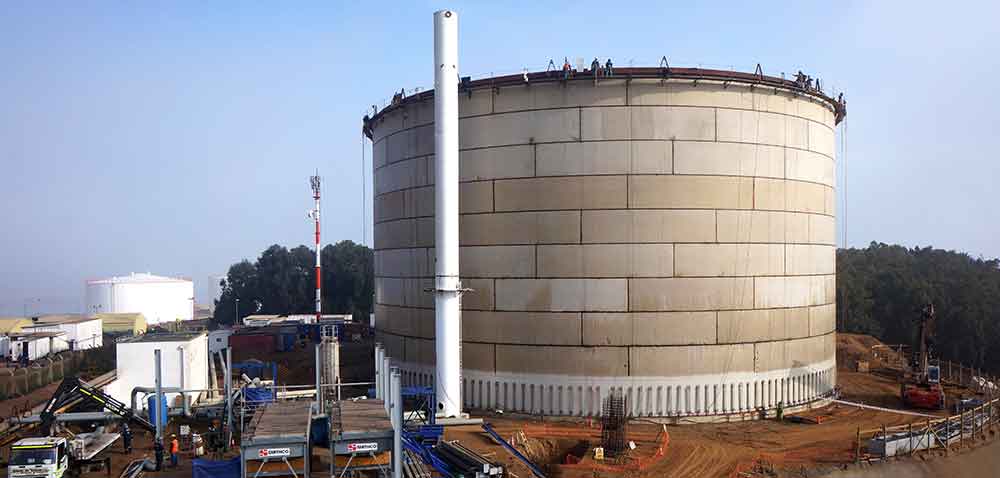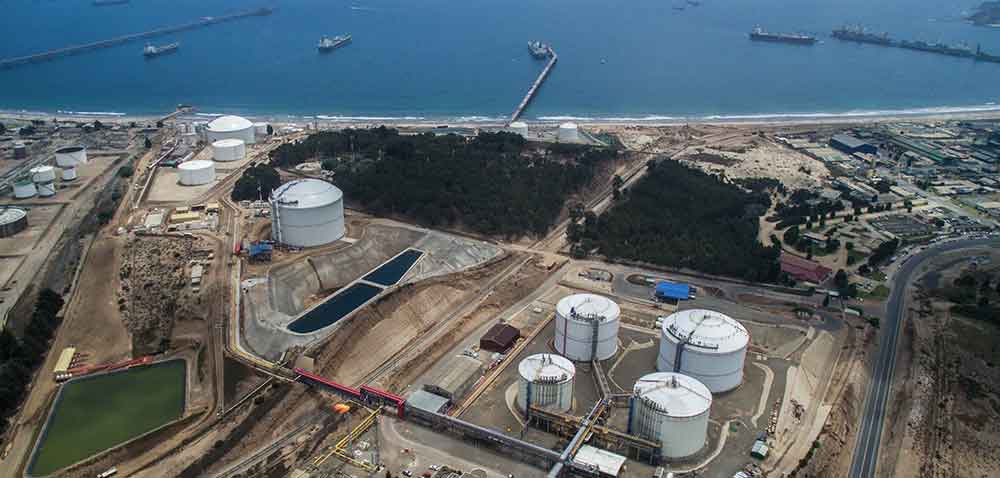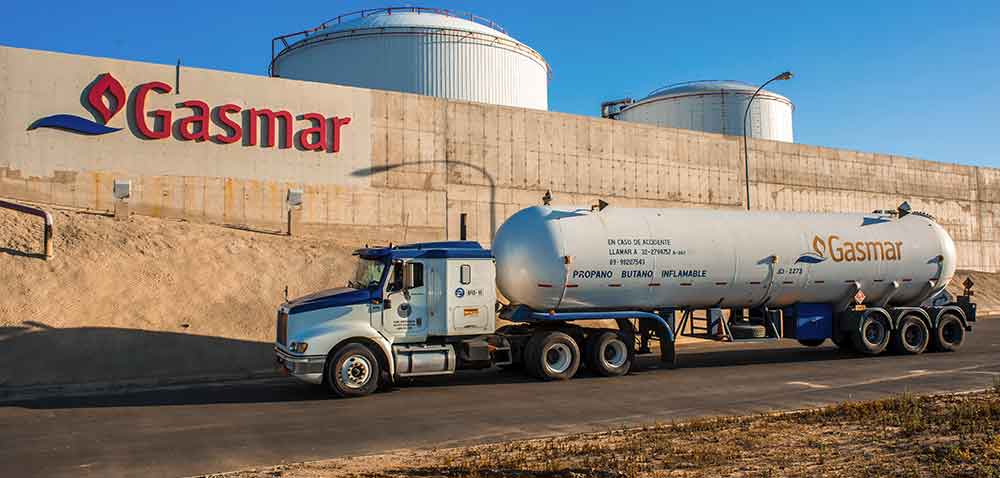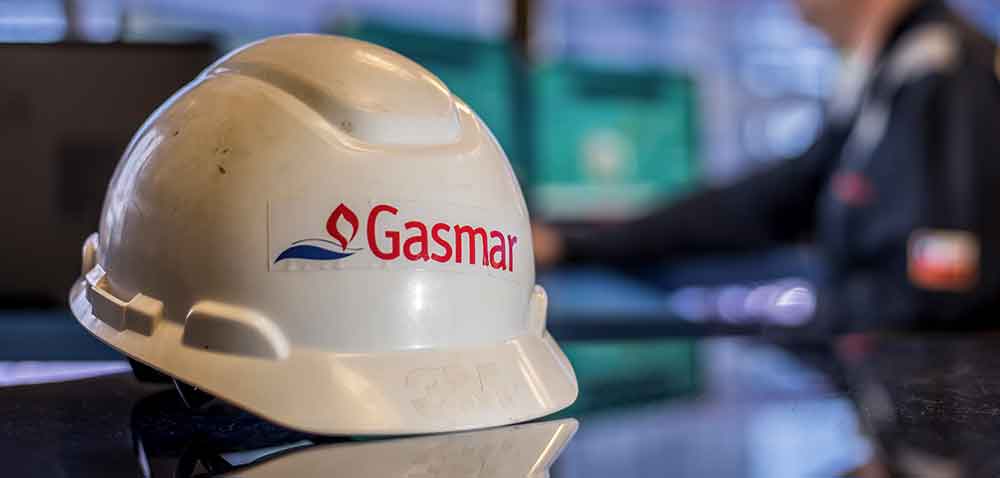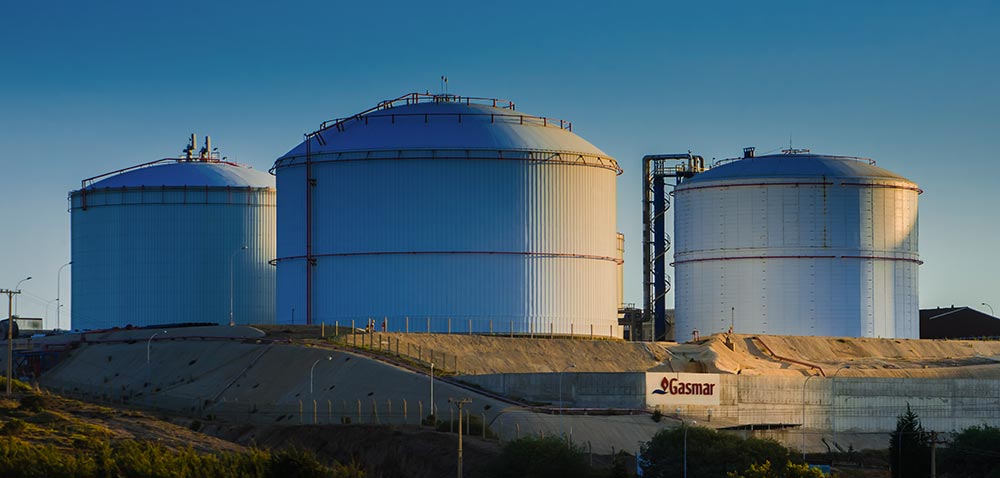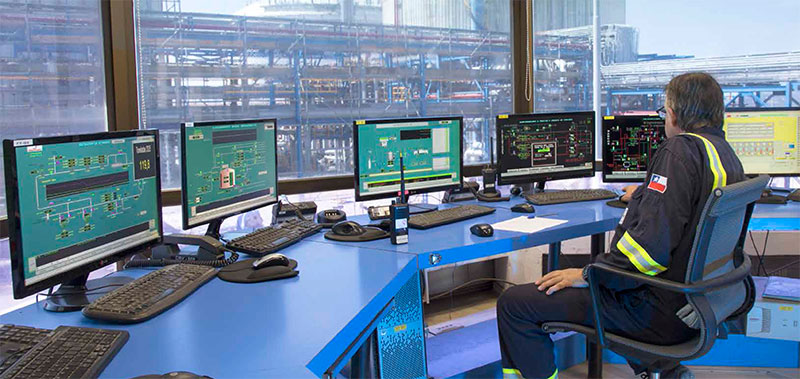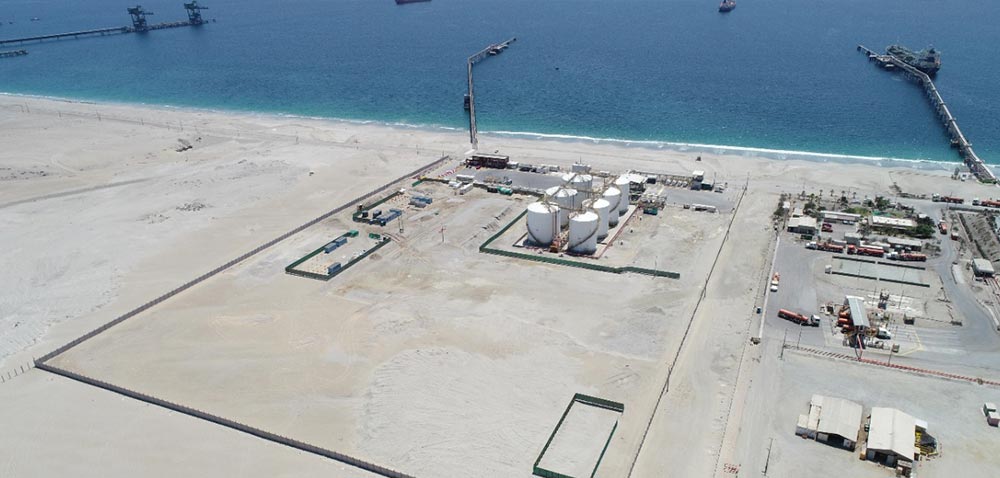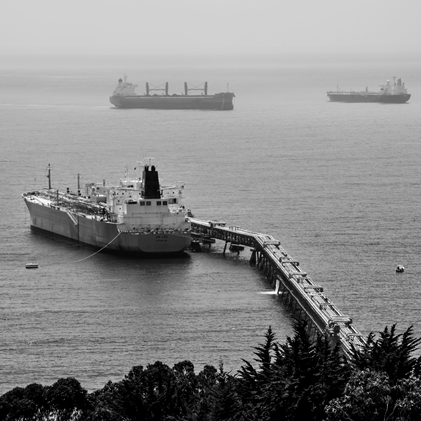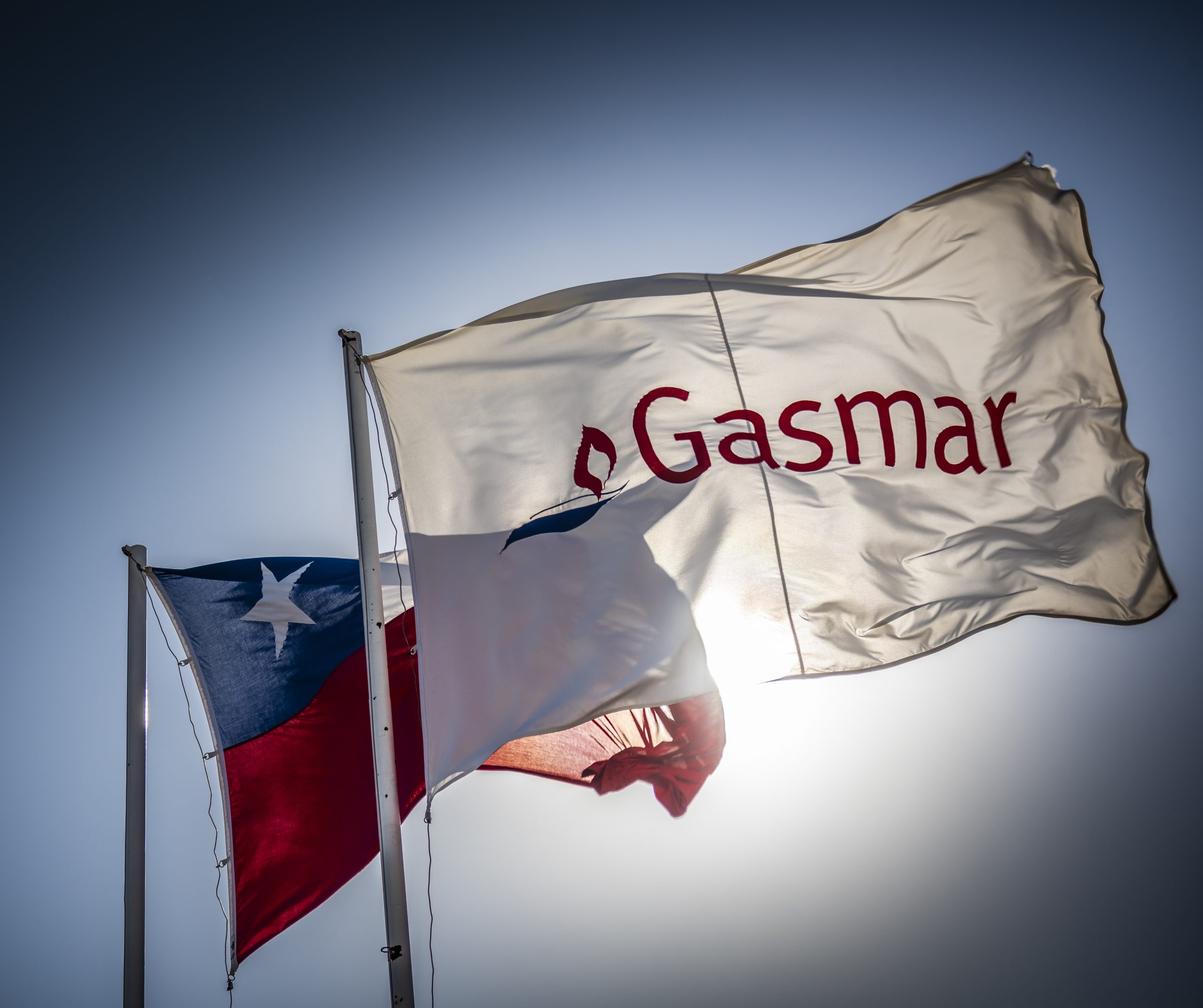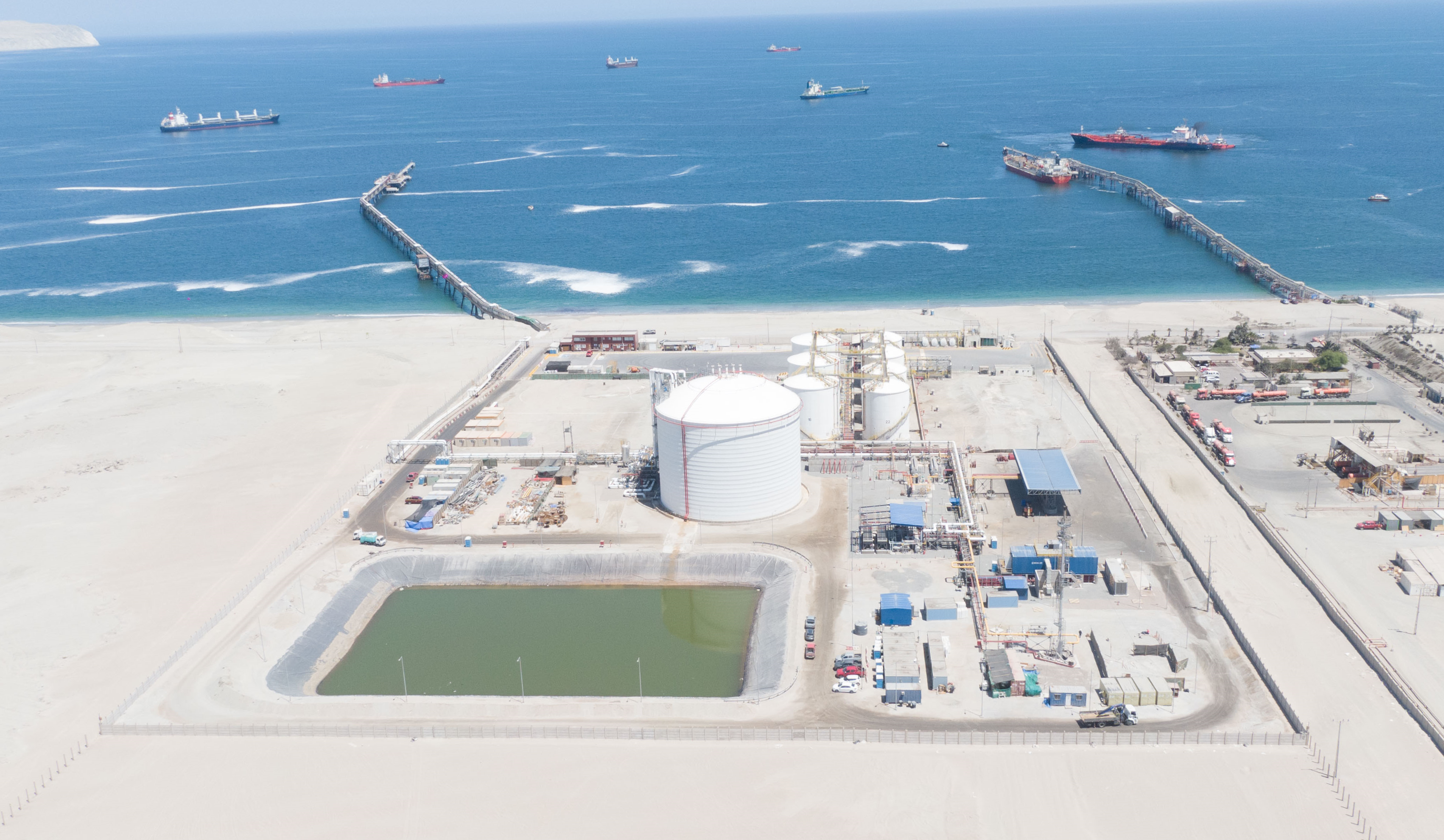Gasmar's people
85 people make up the Gasmar team. Around 20 of them work in the financial, commercial, administrative and new business areas, and the rest carry out operations, projects, maintenance and risk prevention tasks at our terminals.
A large dedicated team
Our team members periodically receive training on many aspects of our processes, which enables them to deal with challenges efficiently and professionally.
Some of the highlights of our regular training programme are the emergency handling procedures for our operations team, trained annually in Texas, USA.
100% PREPARED
Our team members periodically receive training on many aspects of our processes, which enables them to deal with challenges efficiently and professionally.
Some of the highlights of our regular training programme are the emergency handling procedures for our operations team, trained annually in Texas, USA.
Management Team

Mario Basualto Vergara

Ana María Becker Valdivieso

Cristóbal Herraiz Gibson

Dolly Von Marées Peede

Felipe Quintana Moreira

Rodrigo Sandoval Gómez
CORPORATE GOVERNANCE
The Corporate Governance of Gasmar ensures the correct performance of the company in the market, and it is underpinned by ethical standards on the development of its commercial and operational activities.
Our HISTORY
Gasmar S.A. was incorporated as a closely held corporation on April 15, 1992, in the context of a growing residential and commercial energy demand in Chile, where domestic production and the volume of imports were insufficient to meet consumption needs.
- 1992
To import LPG, Gasmar S.A. started to build a bulk LPG and LPG shipment, unloading and storage terminal in the Bay of Quintero, 160 kilometres from Santiago, starting the purchase, transport and wholesale thereof. It installed two refrigerated LPG tanks with a capacity of 10,000 m³ and 20,000 m³, respectively, and implemented a loading and unloading system on the wharf that the company Oxiquím built at that same time.
- 1994
At the end of the year and two years after its incorporation, Gasmar S.A. started up operations with the docking of the “Mundogas Atlantic” gas tanker, which unloaded 12,574 tonnes.
Gasmar S.A.’s customers, i.e., LPG distribution companies, thereby started to receive this fuel from the most diverse places in the world and in accordance with international standards, marking a milestone in the Chilean market. Since then, the national network has received HD-5 propane, the highest quality LPG in the world.
- 2002
After conducting feasibility studies to provide logistical services to Chile’s National Petroleum Company (ENAP, according to the Spanish acronym) for the LPG the latter produced and imported from Argentina in the far south of Chile, and then shipping it by sea to Quintero, it was concluded that the logistical solution designed could efficiently and safely meet the needs of ENAP and also import tankers of Gasmar S.A.’.
- 2006
The company commissioned a fourth 35,000 m³ tank at Quintero to provide a backup for Metrogas, which had built propane-air plants as backup for its customers. This enabled it to supply Metrogas with propane continuously and safely for the next few years, characterised by Argentina’s natural gas supply crisis.
- 2013
During this year, due to the suspension of the LPG supply from ENAP, Gasmar S.A. had increased demand from its customers, who were supplied with greater ocean imports. This coincided with the start of construction of the fifth and largest 60,000 m³ tank at the Quintero Terminal, and the company commissioned it in late 2014, giving the terminal a total refrigerated LPG storage capacity of 145,000 m³.
This 70% increase in the storage volume enabled Gasmar S.A. to have a lower laytime of vessels at the port and raise the LPG supply safety for its customers in the event of possible shortages.
By year end, Gasmar and Abastible established the company Hualpén Gas S.A., which took charge of the operations of the Abastible-owned San Vicente terminal in the Biobío region. Gasmar S.A. commissioned the terminal services to such company, gaining a further 40,000 m³ of capacity and directly supplying the centre and south of Chile.
- 2015
Gasmar S.A. signed a long-term LPG supply contract with Vitol Energy Ltd. at Mont Belvieu in the USA, which started to operate in mid-2015. There was also a further logistical contract with the Shell Trading US Company.
The company’s ownership structure also changed in 2015, as Naviera Ultranav Ltda., the company’s founding partner, sold its stake in the company. Gasco and Abastible exercised their call option ending up with their respective current shares.
- 2016
With the start-up of the Panama Canal expansion, the vessel “Yuricosmos” was the first very large gas carrier (VLGC) in the market with destination to the Quintero terminal that went through the mentioned Canal less than one month after the inauguration of its expansion. The use of this infrastructure has cut down the sailing times from 26 days (Strait of Magellan route) to 14 days, with a large logistical cost reduction.
- 2017
The company structured a new business model, offering its customers the option of purchasing
volumes in more competitive conditions than the traditional ones, taking advantage of opportunities that might possibly arise in the international spot market.
Moreover, the company started to operate the infrastructure needed to increase the vessel unloading flow at the Quintero terminal, improving the safety standards and doubling the LPG transfer capacity during the unloading process.
- 2018
After more than two decades since its incorporation, Gasmar S.A. has maintained leadership of LPG imports and sales in Chile for several years, driving initiatives to suggest this product as a competitive energy proposal for new areas of the domestic economy.
During its 24 years of operation, 657 vessels have docked at the Quintero Terminal, with operations of around 11.5 million tonnes of LPG unloaded, making it a key player to assure supply for the LPG industry in the centre and south of Chile.
- 2019
After 25 years of uninterrupted operation, Gasmar S.A. begins the construction of a new terminal in Mejillones, in order to improve supply logistics in northern Chile. With an investment of US $ 38 million, it will be completed in 2021. The new terminal will have 20,000 m3 of storage capacity and the possibility of dispatching trucks and pipelines.
- 2020
Despite the challenges of the pandemic, we were able to take advantage of the installed capacity of our Quintero Terminal and together with an excellent logistics management, we consolidated our international sales business, supplying other markets -mainly Africa- with a total of 277,000 tons of LPG.
- 2021
After a successful sale process, 100% of the ownership of Gasmar was finally transferred to Arroyo Energy, a renowned international company that manages investment funds of private foreign capital in the United States, Mexico and Chile for electric power generation and energy infrastructure projects.
Certifications
Gasmar’s sound commitment to operational excellence has enabled it to secure certification according to the most important international standards.
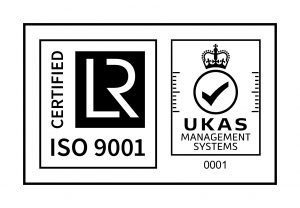
ISO 9001 Standard
Quality Management: we are able to give our customers the peace of mind that we manage the risks correctly and continually put improvements in place at the operation, with the aim of obtaining zero process defects.
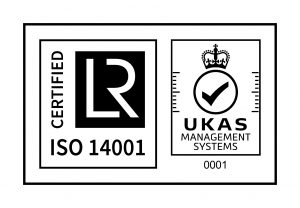
ISO 14001 Standard
Environmental Management: we enhance our standards on reducing the environmental footprint as much as possible, besides complying with current legislation and best practice on this issue.
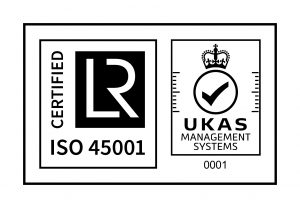
ISO 45001 Standard
Occupational Health and Safety Management: we permanently undertake action to improve the occupational health and safety management, enabling us to reduce the occurrence of accidents, foster a prevention culture and provide a healthy workplace.
